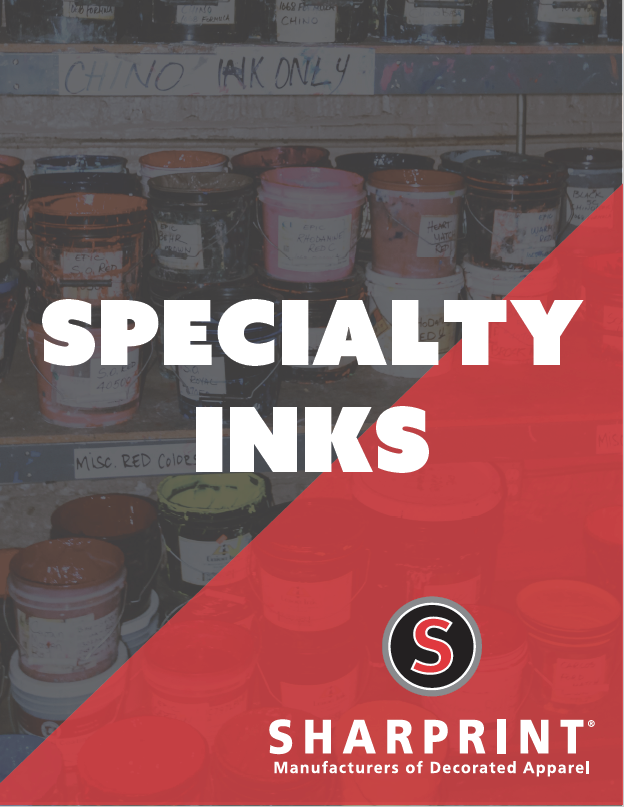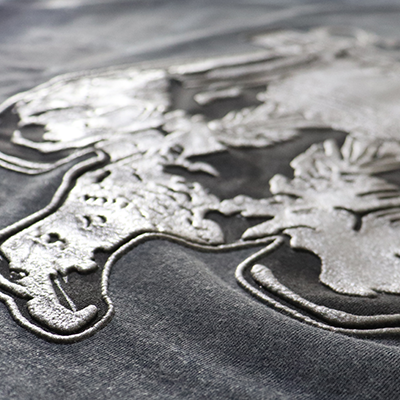Specialty Screen Printing
Make Our Specialty Yours
While oversized printing is gaining attention, we never forget our roots. Long before all-over presses became popular, ink testing, troubleshooting, and experimentation were our passion. Today, we remain industry leaders in specialty screen printing on textiles.
Mixed Media
So many of these inks can be mixed at matched for some really impressive effects. Our graphic designers can help you come up with some really unique prints. Some of our favorites include faux applique, discharge foil distress, and faux leather.
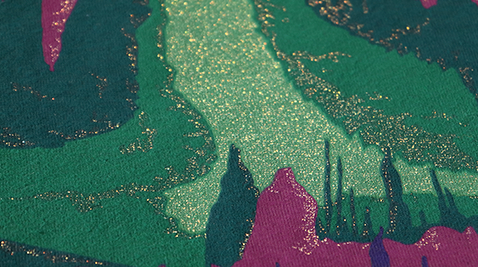
Crystalina
Multi-color reflective flake is suspended in a clear ink and can be applied alone or layered over other colors to add a glittery effect. It performs best in solid fill areas and is not suitable for halftone dots, blends, or gradients. Additionally, this ink is not recommended if you want a soft-hand feel.
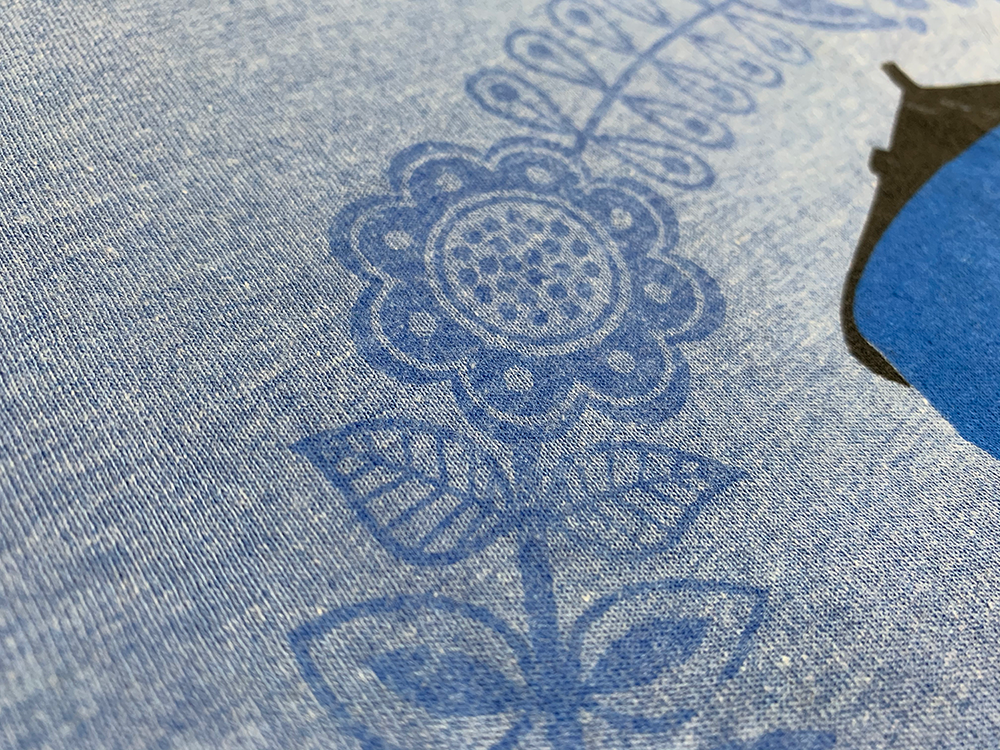
Soft-Hand Inks
Printed apparel with a super soft feel is extremely popular—it's actually our most common request. Soft prints are highly sought after and show no signs of going out of style. That’s why we’ve dedicated an entire page to the different methods used to achieve this effect.
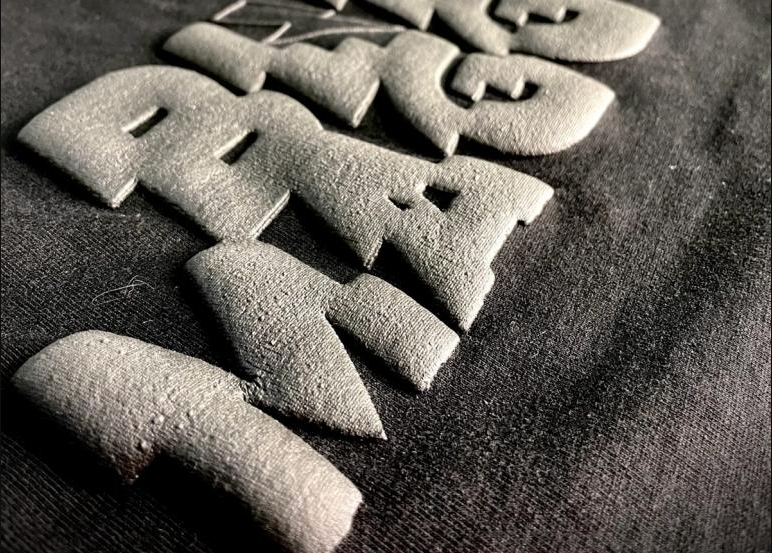
Puff & Sponge
Puff and Sponge inks are classic specialty effects in screen printing. Both are plastisol-based inks modified with heat-reactive additives that cause the ink to expand during curing, creating a raised, textured effect. Puff ink produces a smooth, uniform lift for bold, tactile graphics, while Sponge ink expands with a porous, textured surface for a more organic, dimensional look.
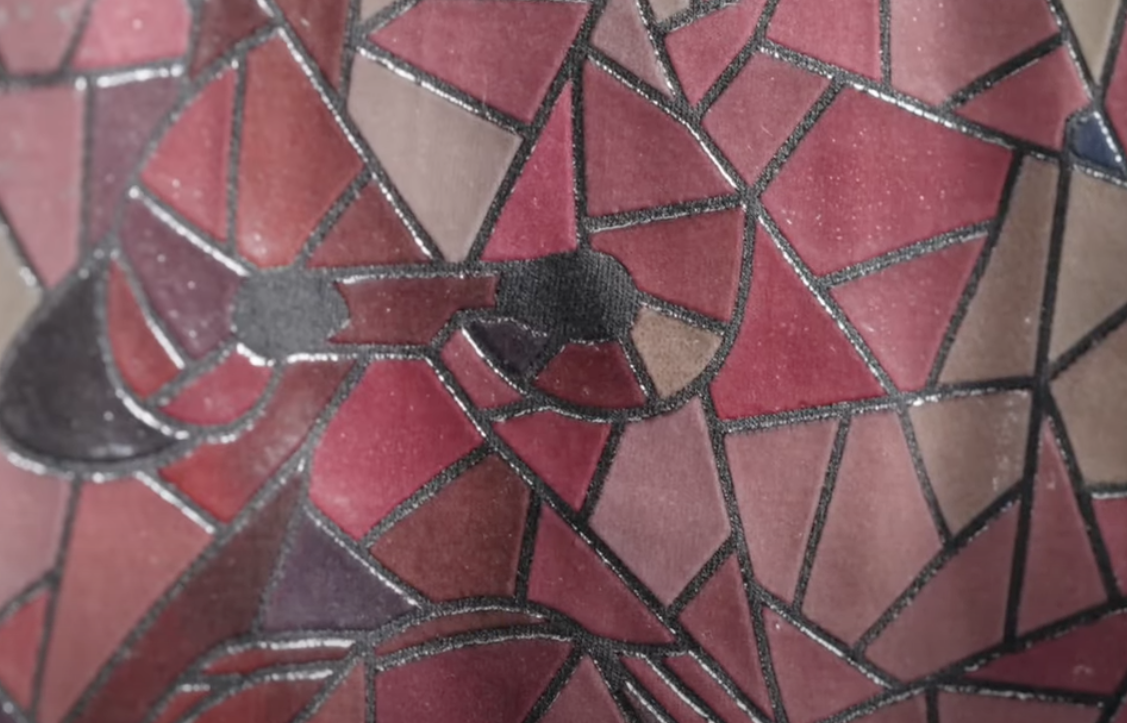
Special Effects & HD Clear Gel
The specialty clear inks can be printed to add a tonal effect or stacked for a glossy, dimensional technique.
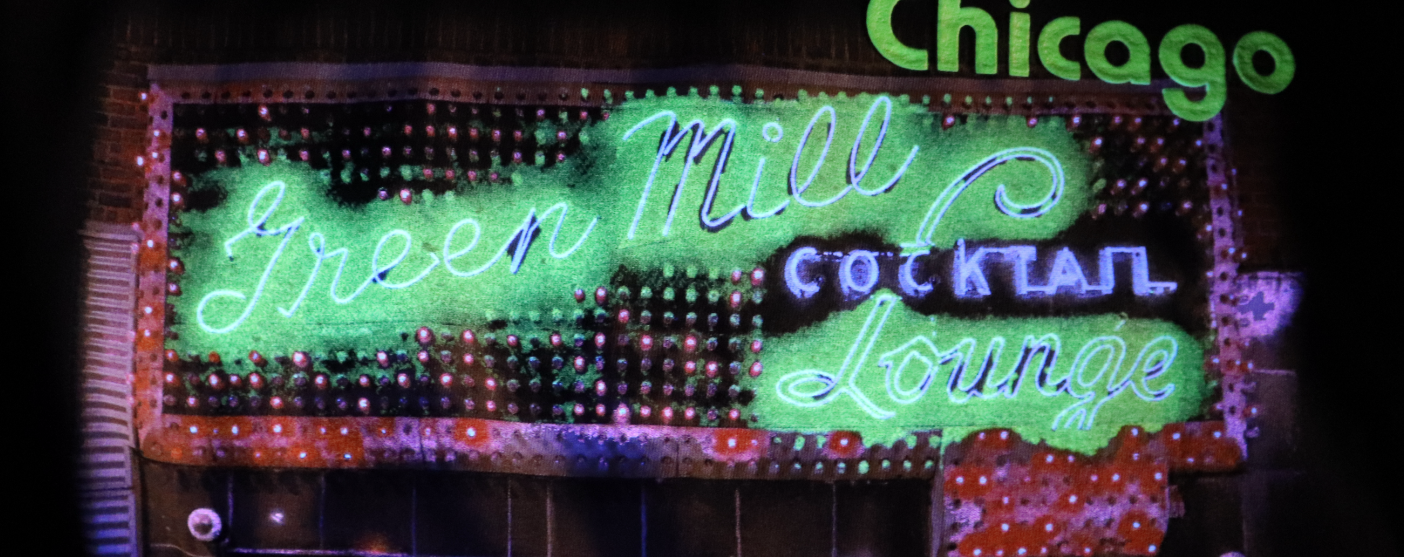
Glow In The Dark Inks
You guessed it - turn out the lights and areas printed with glow ink are illuminated in that yellowish green we know and love as glow. We take it one step farther too, with a selection of colored glow inks. Now you can glow in blue, white, purple, orange, red, green and yellow!
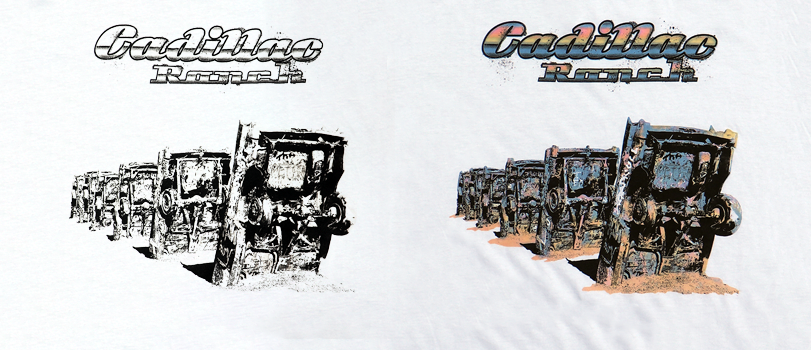
Photo-Reactive Color Change
These fun inks are practically invisible when indoors and come alive when you step into the sun. Ultra violet light brings out the pigment in the design. The brighter the uv rays, the brighter the print becomes.
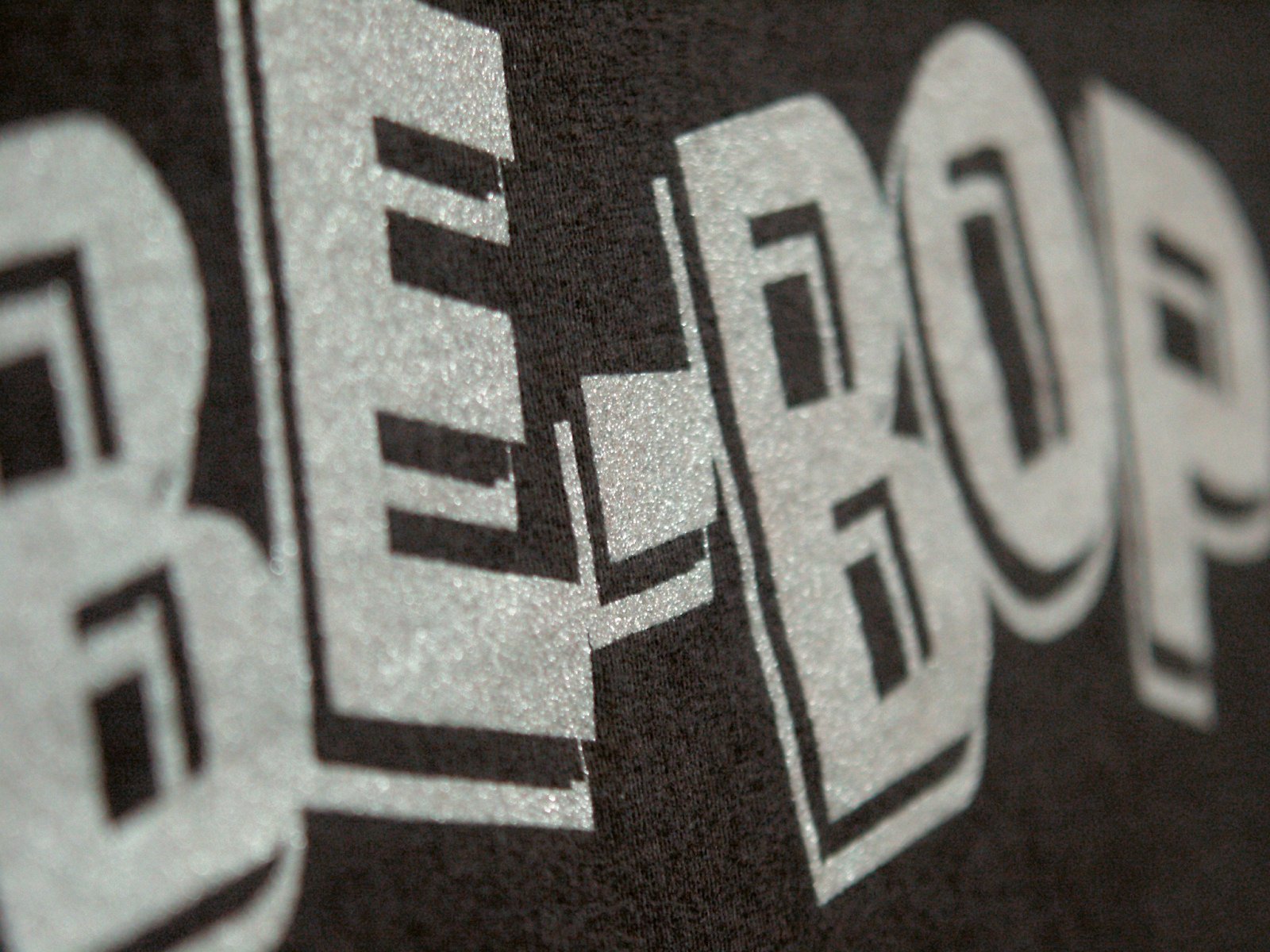
Shimmer Inks
Teensy reflective flakes suspended in a clear carrier ink make these sparkly metallic inks. The print is nice and solid in 100% fill areas. Available in silver, gold, bronze and a small selection of stock colors. Shown here with special effects clear ink.
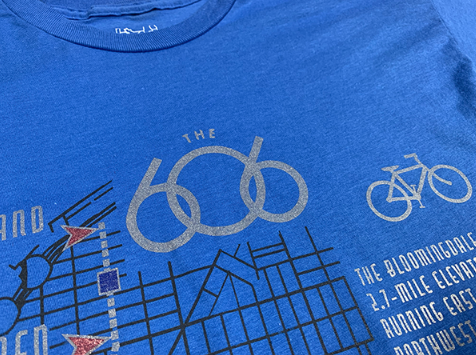
Reflective Ink
Functional for safety and a cool effect for designers to play with. Garments printed with reflective ink provide enhanced visibility for joggers, cyclists, construction workers and others who work around traffic at night.
Top Specialty Printing Articles
The 3 Main Types of Specialty Embroidery StitchesHow To Make Specialty Printing As Easy As Mac-N-Cheese
Got Large Prints? Consider the Advantages of Oversized Printing.
ooooo Shiny... Foil Application: How it Actually Works
The Advantages and Disadvantages of Plastisol Ink
Specialty Inks
Take your designs beyond the ordinary with our range of specialty screen printing inks. From bold puff and high-density textures to shimmering metallics, glitter, glow-in-the-dark, and color-changing UV effects, these inks add dimension, shine, and interactive elements that turn a good print into a showstopper.
